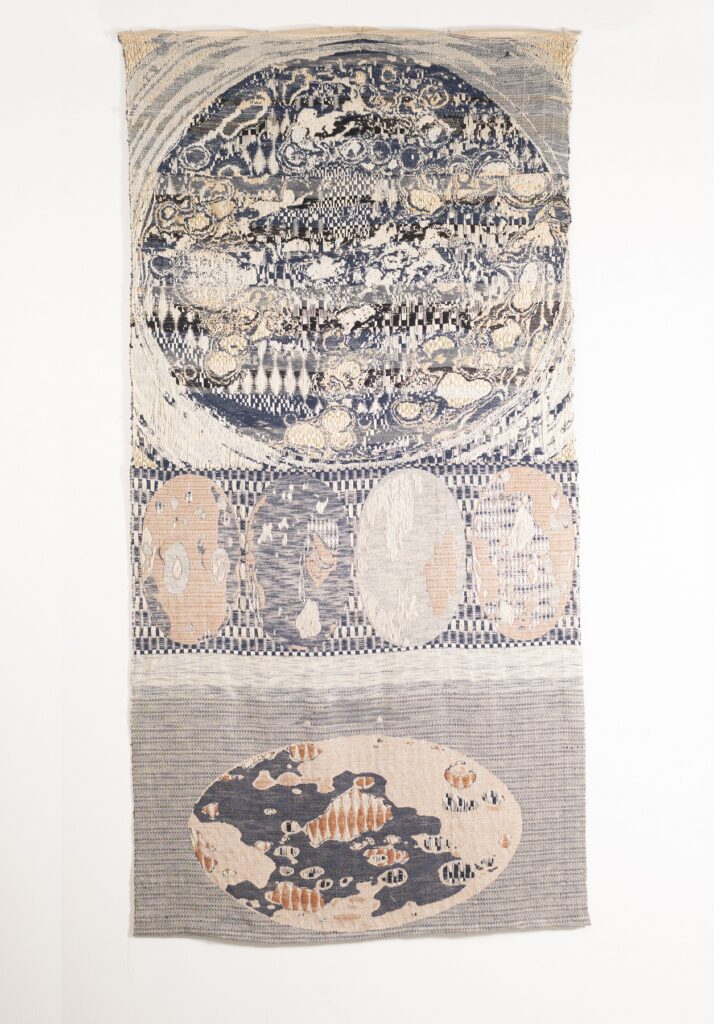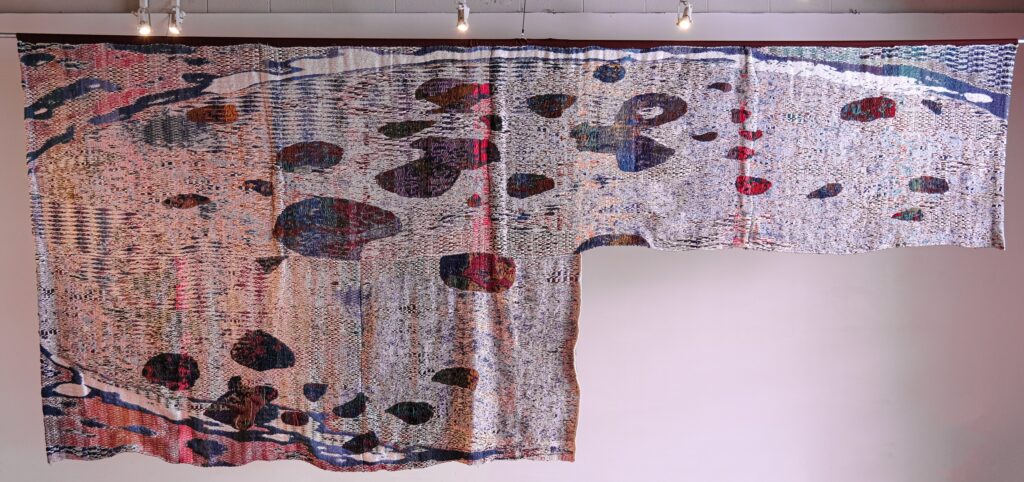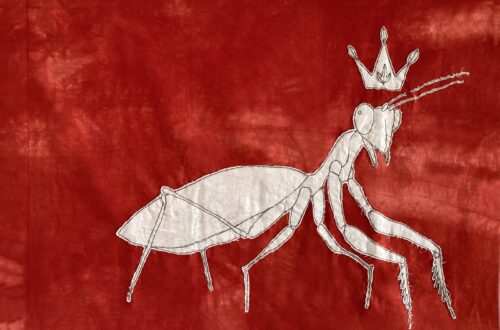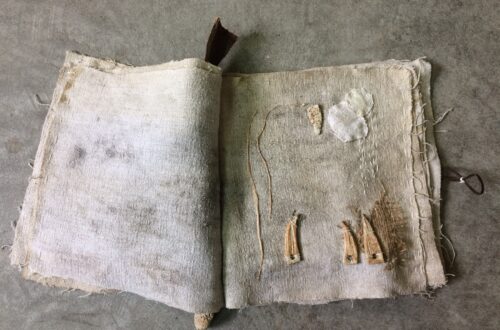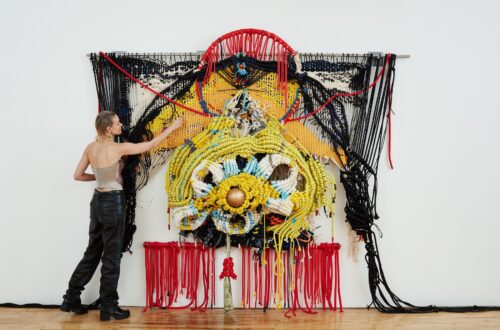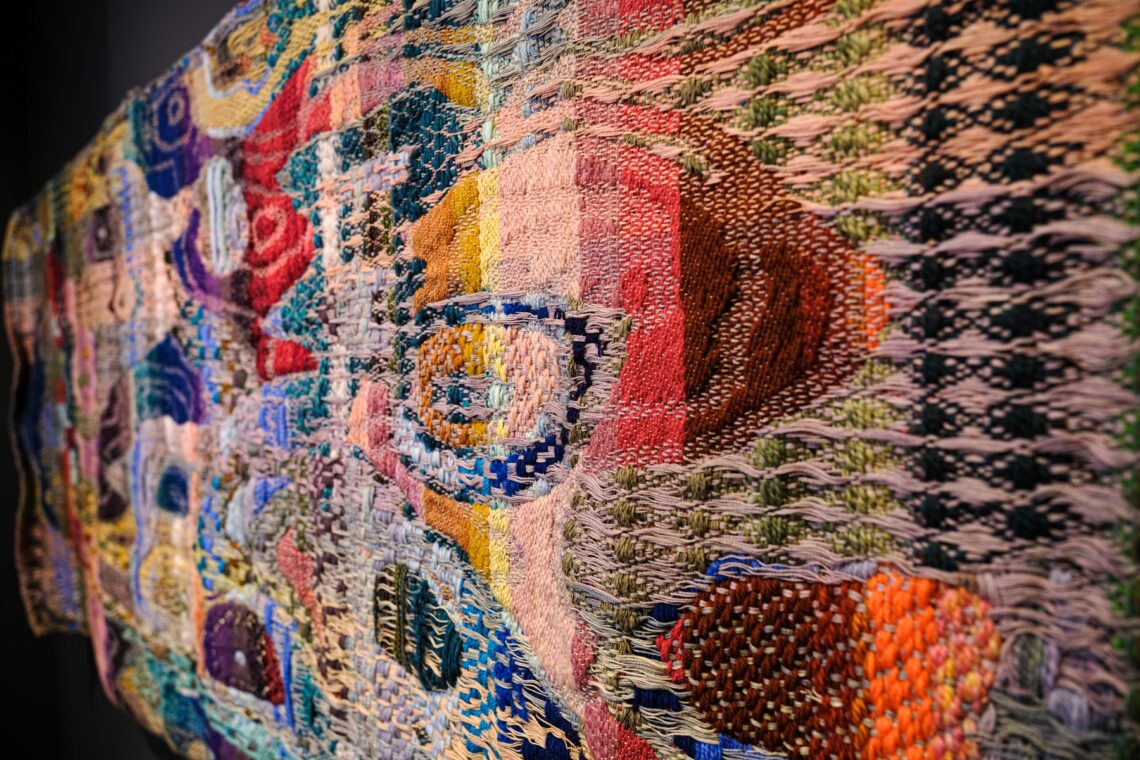
INTERWEAVINGS OF ART AND SCIENCE: THE ARTISTIC JOURNEY OF A CONTEMPORARY WEAVER
| by Maria Rosaria Roseo |
Rachel (Meyers) Hefferan, an artist from suburban Midwest, USA, graduated from the University of Michigan and earned her MFA from the School of the Art Institute of Chicago. She currently lives and works in rural western Michigan.
A weaver, farmer, environmentalist, and fermentation enthusiast, Hefferan uses the loom as a metaphorical tool, balancing between science and magic, to create tapestries—woven abstractions that represent and celebrate the beauty and complexity of microbial life and its process of decomposition and renewal of matter. Mosses, lichens, fungi, and molds, with their metabolic activities of transformation and deconstruction, are the primary sources of inspiration for the artist. Through weaving, she creates a new frame of reference, transforming the microscopic into the macroscopic.
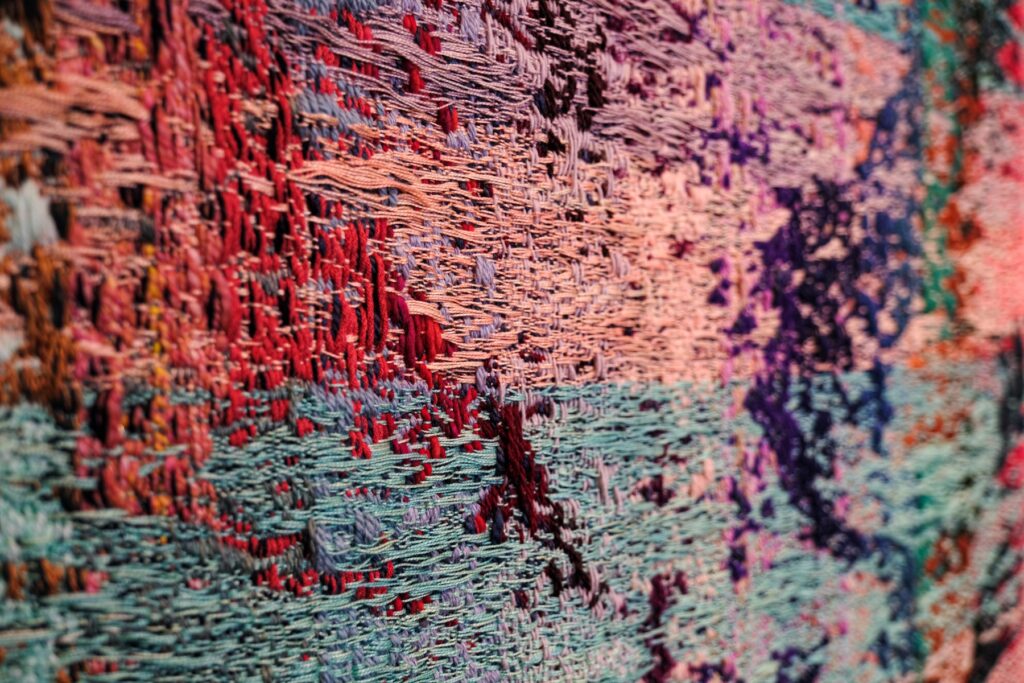
Rachel M. Hefferan’s journey into textile art began in the university hallways, within an intense and stimulating learning environment where she was introduced to textile arts through a course taught by Sherri Smith. This program, which brought together students of various levels, was characterized by a critical and conceptually stimulating atmosphere, leading her to discover and delve into the language of textiles as a form of artistic expression. Initially fascinated by screen printing, she later developed crocheted sculptures inspired by cellular structures and seeds. After graduating, her research underwent a significant evolution following a period of artistic uncertainty, during which Hefferan began exploring the relationship between weaving and crocheted sculpture using a four-harness loom. Through a process of trial and error, she developed works that combined textile and sculptural elements with organic forms inspired by cellular growth and decay. The year 2018 marked a turning point in her creative journey with her enrollment in a Master of Fine Arts program at the School of the Art Institute of Chicago, where she deepened her research on weaving, experimented with digital Jacquard looms, and refined her practice further.
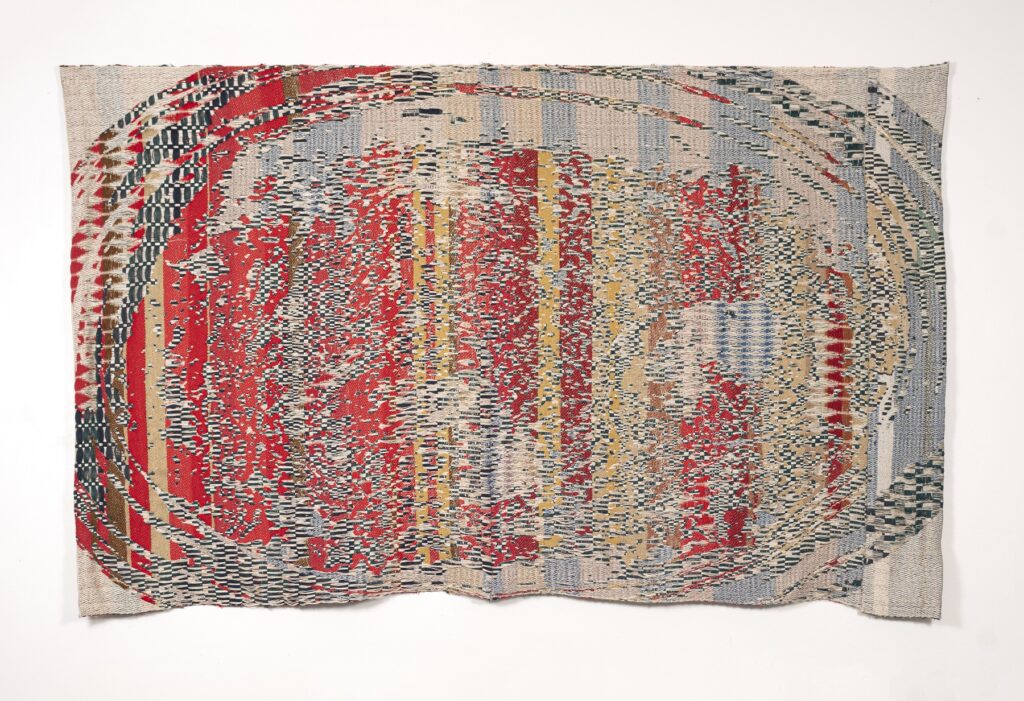
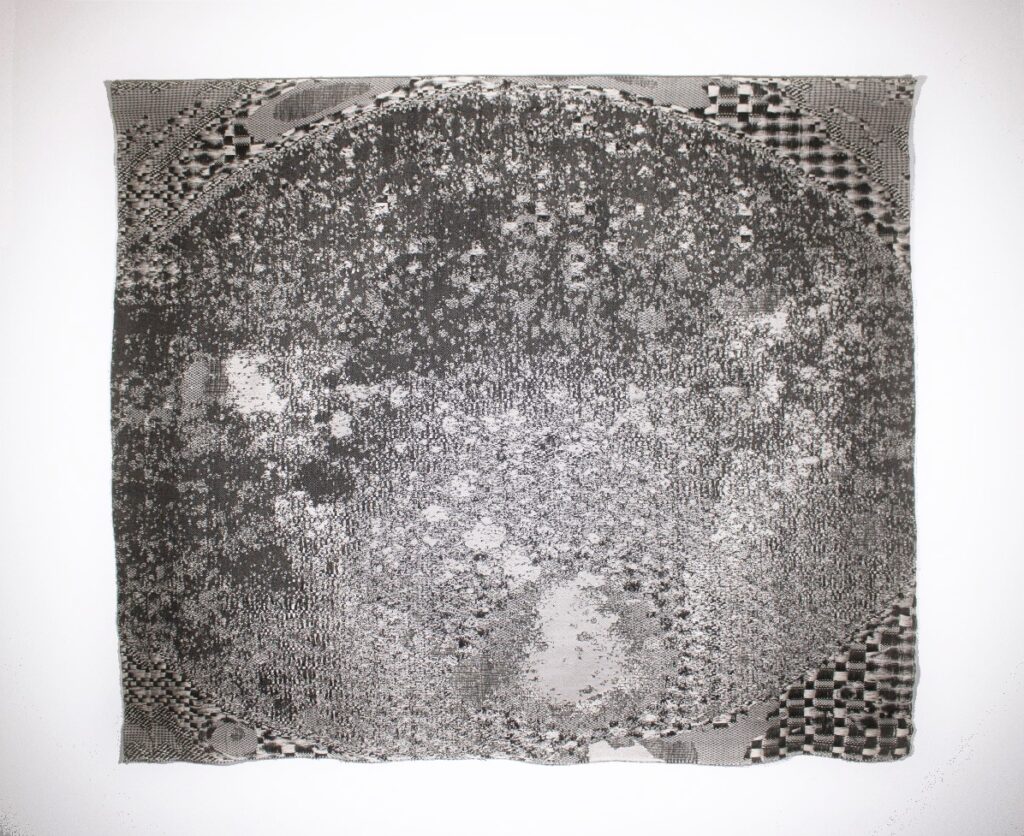
An interest in biological processes has played a fundamental role in her artistic evolution. For a long time, her work focused on forms emerging at the cellular level during processes of growth and decay, but more recently, the artist’s attention has shifted to the phase following decomposition—the moment when materials are recycled to generate new life through fungal activity. Her encounter with the world of fermentation further enriched this research, leading her to discover the potential of wild yeast and revealing surprising analogies between microbial communities and woven fabrics. Some fermentation pellicles, observed closely, appeared to her like crumpled drapes, prompting her to document them through photography and then translate them into weaving, exploring the transformations of matter.
In 2018, Local Cultures was born—an evolving project that serves as a visual diary of the colors and organic materials she encounters. The work began as an exploration of natural dyes obtained from kitchen scraps and materials gathered from Michigan’s forests, leading her to experiment with fibers dyed using elements such as bean water, wild mushrooms, and other natural substances. Over the years, the project has become increasingly personal, incorporating yarns spun from the wool of her own sheep and plant fibers grown in her garden. The exhibition here, within. | woven worlds, held at the Saugatuck Center for the Arts in 2022, marked a key moment for this research, signifying a new phase of experimentation through the inclusion of novel materials and techniques.


Another distinctive element of her work is the use of chemistry-inspired titles, chosen as direct references to the microbial species that inspire her works and, at the same time, as a parallel to the language of weaving. Just as chemistry employs sequences of letters to describe complex structures, weaving is expressed through coded patterns and sketches. This approach also serves as a personal tribute to her husband, Nick, a scientist and constant source of dialogue in her artistic journey.
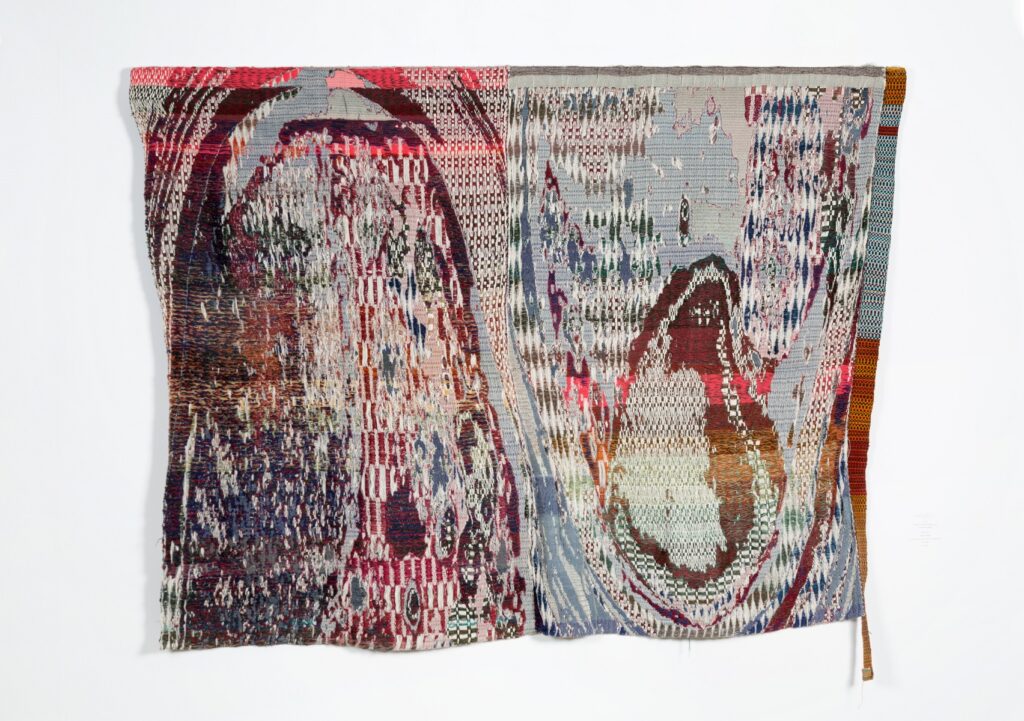
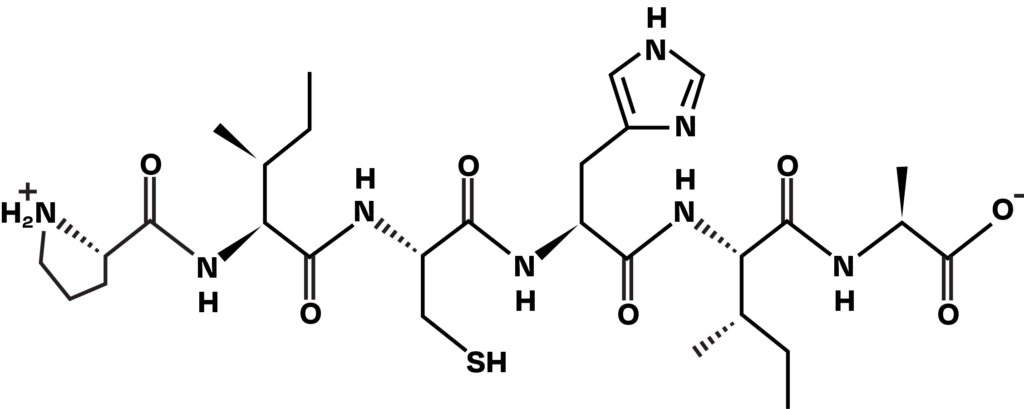
Rachel’s creative process is characterized by deep immersion in visual and material research. Her method involves continuously absorbing images, ideas, and thoughts, often noted down without being reread, with each project taking shape from an image that may stem from a photograph, a drawing, or a scientific inspiration. In her studio, located in a renovated barn, her daily routine alternates between phases of planning and execution, accompanied by audiobooks that provide background to the long hours of weaving. Each piece begins with a hypothesis to explore, with the loom becoming a research tool through which she experiments with the interplay of weft and warp, patterns, and color variations.
Looking to the future, Hefferan dreams of creating a piece entirely composed of fibers from her own animals. Raising sheep and goats is a vital resource for her, and the possibility of working with self-produced materials represents a significant goal. She currently often uses second-hand yarns to reduce waste, but the realization of a textile piece made entirely from fibers collected, spun, and woven by her own hands remains a special aspiration. Her journey, deeply rooted in the connection between art, science, and nature, continues to evolve, charting a boundless exploration that intertwines threads, matter, and concepts in harmony with the very cycle of life.
